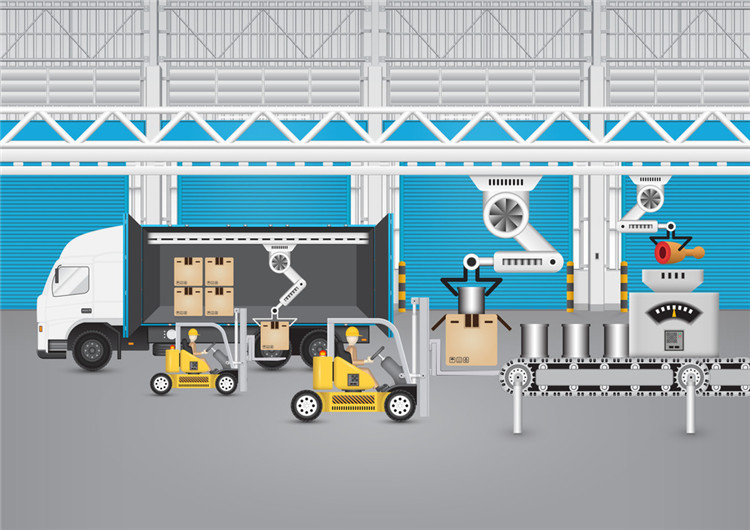Cross Border Ecommerce Logistics
What is Cross Border Ecommerce Logistics? What is Cross Border Ecommerce Logistics model, problems and solutions?
(E-mail us at info@bestplusgroup.com to Get a Quote)
A core element of the development and competition of the cross-border e-commerce industry is logistics. The rapid development of cross-border e-commerce in the past five years has also brought vitality and momentum to the traditional cross-border logistics industry. E-commerce giants have begun to build cross-border logistics by themselves. Comprehensive cross-border logistics service providers have emerged. Logistics is a very important consideration for cross-border e-commerce consumers.
What is cross-border e-commerce logistics?
Cross-border e-commerce includes online information flow, e-commerce, capital flow, and offline logistics. The first three are all based on the Internet. Only cross-border e-commerce logistics can be completed in a wired physical environment. In fact, logistics is not unfamiliar to most people. The difference between cross-border e-commerce logistics and ordinary logistics is only in different regions. Cross-border e-commerce logistics refers to cross-border e-commerce sellers transporting goods from their home country by land, air or sea to another country or region (different customs borders).
(E-mail us at info@bestplusgroup.com to Get a Quote)
Main models of cross-border e-commerce logistics?
Cross-border e-commerce is characterized by the characteristics of small quantity, large batches, unstable orders, etc. Therefore, merchants engaged in cross-border e-commerce mostly adopt the following three logistics modes: traditional express package mode, centralized delivery mode , Overseas storage model.
Traditional express parcel model?
Traditional express parcels are postal parcels, also known as postal parcels. Postal parcels are currently the most important logistics model for cross-border e-commerce logistics in China. It is characterized by wide coverage. This is also the most suitable logistics model for cross-border e-commerce. Postal parcels cover There are more than 230 countries and regions in the world, and delivery can be done almost no matter where in the world. According to statistics, more than 70% of China’s cross-border logistics packages are delivered through traditional express parcels. However, postal parcels are increasingly unable to meet the development of cross-border e-commerce because their logistics timeliness is too slow, which also severely restricts their development.
Centralized delivery mode?
The centralized delivery mode is also the dedicated line logistics mode. Generally, the parcels of many buyers in the same area are sent to the destination country or region through the air line, and then distributed through the local cooperative company or logistics branch. Because of the scale effect of centralized parcels, and at the same time, they mostly use air transportation, so their logistics timeliness and transportation costs will be higher than postal parcels and lower than international express delivery.
International express mode?
(E-mail us at info@bestplusgroup.com to Get a Quote)
International express mode is the fastest and most costly transportation method. Its biggest advantage lies in the service, and the customer experience is excellent, but because of its high cost, unless the buyer specifically requires timeliness or transportation safety, usually sellers will not actively choose the international express mode to send goods. Therefore, the international express delivery model has a relatively small share of the cross-border e-commerce market.
Overseas warehouse model?
The overseas warehouse model is that cross-border e-commerce sellers first stock up the goods in the logistics warehouse of the destination country in advance, and after the customer places an order on the seller’s e-commerce website or third-party store, the goods are directly shipped from the overseas warehouse to the customer. This can improve logistics timeliness and bring customers a high-quality logistics experience. However, sellers usually only choose hot-selling products for overseas warehouse stocking.
Cross-border e-commerce logistics solutions?
(E-mail us at info@bestplusgroup.com to Get a Quote)
At the current stage, the solution to the logistics problem of cross-border e-commerce for exports is generally to use overseas warehouses. Overseas warehouses can effectively reduce transportation costs and improve time efficiency, achieve local delivery, local returns and exchanges, and it can solve logistics information problems , Due to the reduction of the links involved, the information can be easily connected between the festivals and the festivals, allowing customers to inquire about the logistics information of the goods at any time, forming an open and transparent information situation. For example, it takes 15-30 days for a package to be sent from the country to the destination. If there is an overseas warehouse locally, it can basically be reduced to about 7 days, and logistics tracking also occurs locally, and the price of overseas warehouses Basically, the price is equivalent to that of a small package, and it is 20%~50% cheaper than domestic express.
Unique
We can do what you can not do
Knowledge
We know about your product
Efficiency
We work fast and efficiently
Easy Communication
You can contact us at any time 24/24 – 365/365
Professional
A job well done is the most important thing for us
Website: www.bestplusgroup.com
Email: info@bestplusgroup.com

 Previous Post
Previous Post Next Post
Next Post

